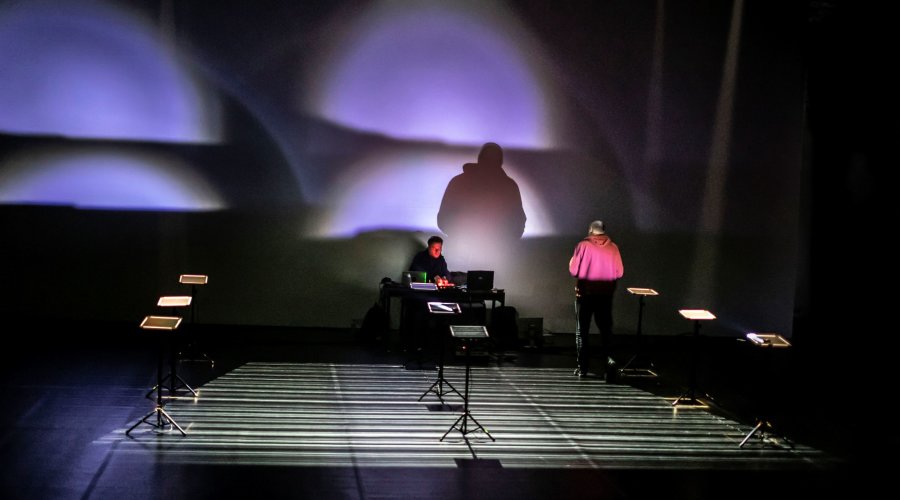This first performance in the series of luminoacoustic projects is divided into chapters, each performance being unique and differing from the previous one in the number of panels used, the variety of lighting sources used, duration and form (concert/installation), as well as the possible inclusion of the audience in the performance itself.
Due to sudden and rapid changes in light, it is not suitable for people with photosensitive neurological difficulties.
Luminoacoustics is a performance technique based on the analogue conversion of light into sound. This conversion is done using the photovoltaic effect of the solar panel. The silicon cells of the panel transform the light source frequencies into a modular sound image. The technique was developed by Lightune.G and presented for the first time in 2010 in Zagreb (Festival prvih). The difference between luminoacustics and other art projects based on the use of the photovoltaic effect is that in luminoacoustics we can actually hear the sound of the light itself.
When using artificial light, the structure of the sound image/composition is created through combinations of diverse light sources, as well as changes of the intensity of the light itself. When sunlight is used, the principle is reversed, i.e. the shadows of varying densities and velocities create an audible spectrum of sound.


